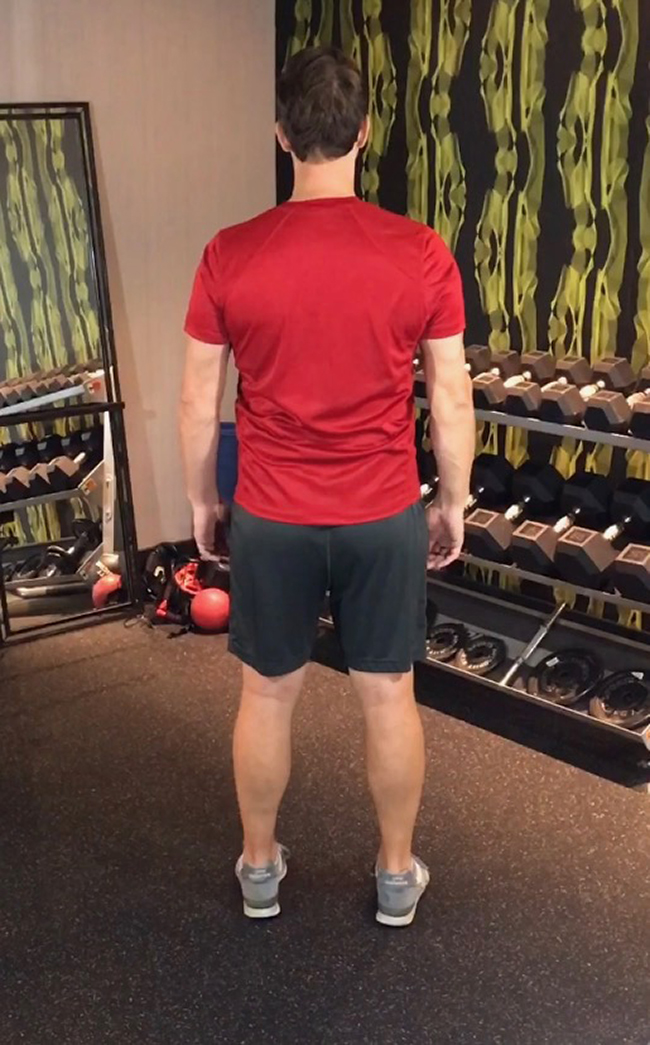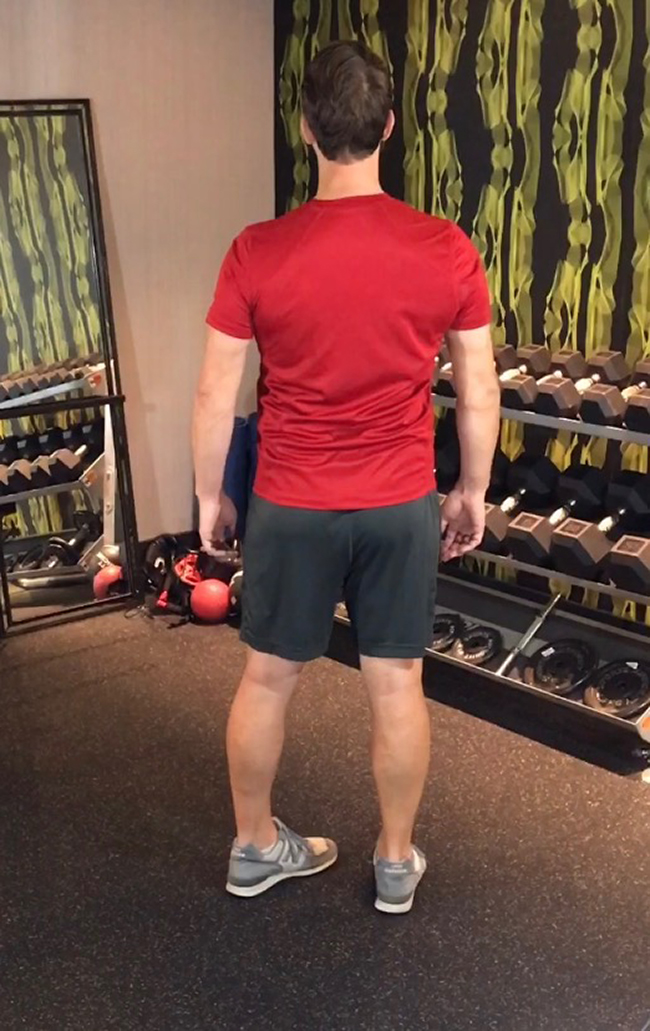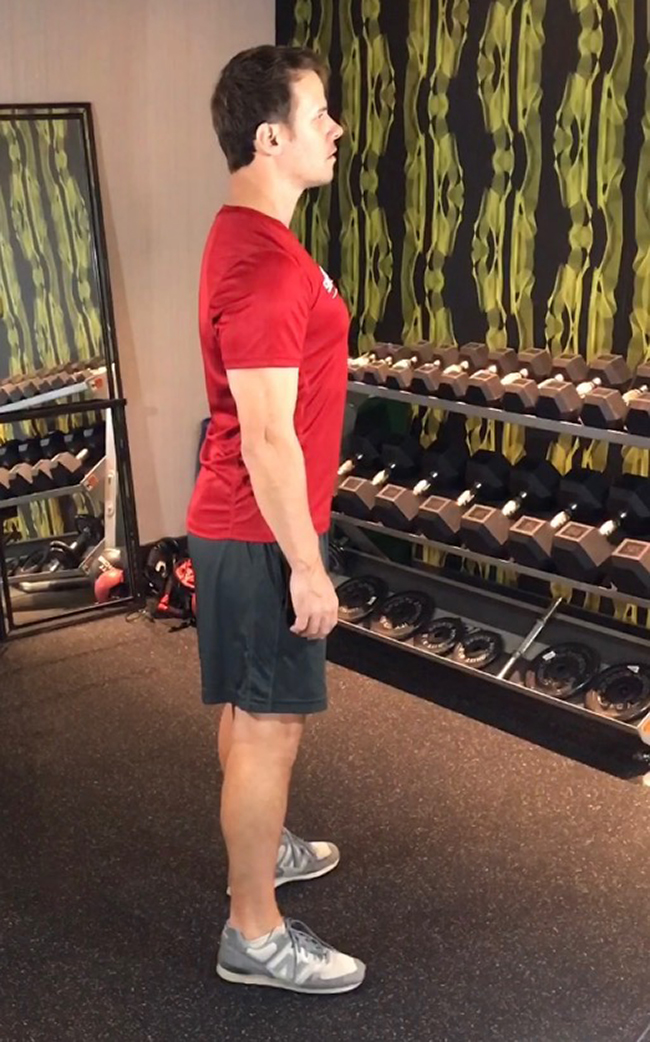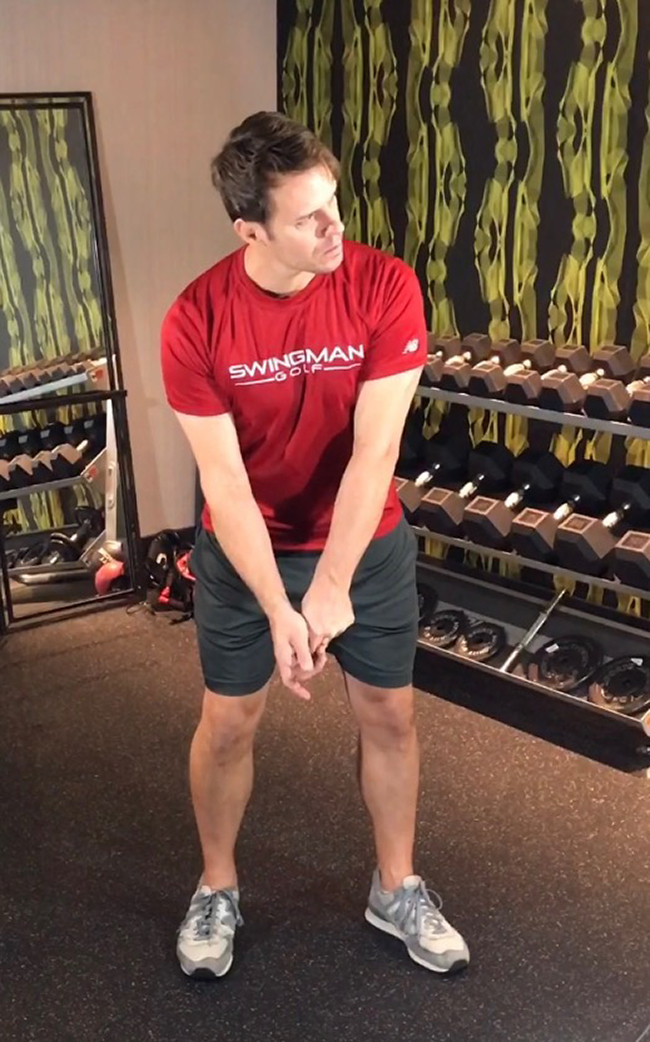Instruction
How to set up your feet to minimize the risk of injury
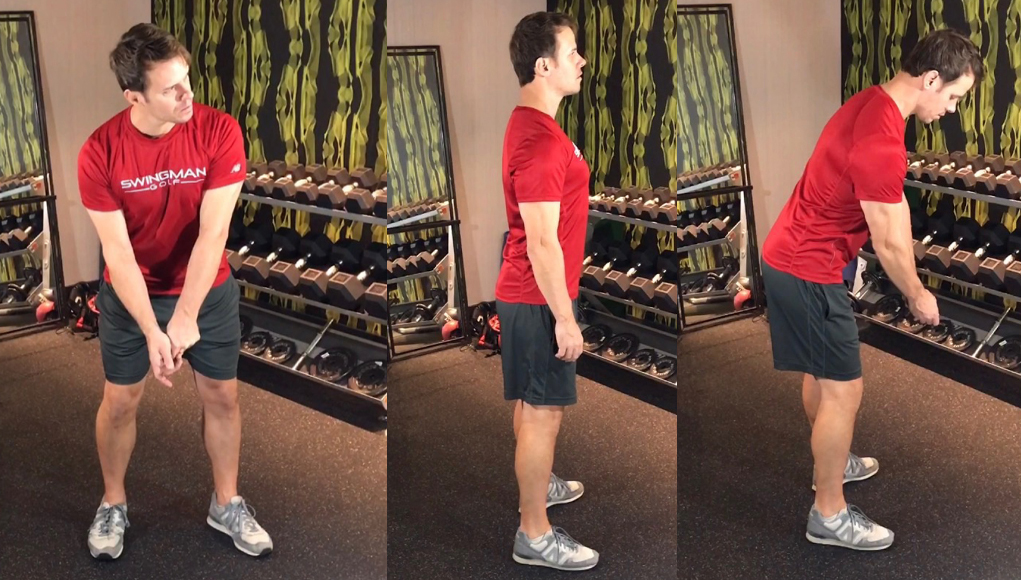
Earlier this week, video surfaced of Tiger Woods swinging his driver during a practice round ahead of the Hero World Challenge. In taking a quick look at his swing, one thing in particular jumped out at me that I thought I would point out for you.
Notice that during his swing, his left foot spins out a bit by the time he gets to his finish.
The swing we’ve all been waiting for … https://t.co/IayDADea5y
— PGA TOUR (@PGATOUR) November 30, 2016
This observation inspired me to write this article, which is a piece I’ve actually had in mind to do for quite a while.
In modern golf instruction, it’s fairly common to see setups being taught in which the feet are perpendicular to the target line. Geometrically, this sounds fine and dandy. The problem, however, is that most people in their present physical state don’t have the mobility in their hips to be able to accommodate this type of setup… even many pros.
This includes myself.
Often times, what you’ll see is that the player will have no problems in the backswing and downswing. Then at some point in the through swing and/or on into the finish, the lead foot spins out or comes off the ground because it physically is unable to stay in the same place due in part to insufficient hip mobility. This is what you see in Tiger in the above.
Were it actually to stay in the same place, it could cause problems with the shot outcome…or worse yet, potentially lead to injury.
One way of improving the mobility of your hip is through golf fitness, particularly with something to target internal hip rotation in the lead leg.
However, aside from golf fitness or just starting that lead foot out in the first place where it finishes in the follow-through, here’s a simple four-step at-home trick to get your feet better set up.
1. Face the target parallel to your target line.
2. Balance yourself on what would be your trail leg and then without forcing it, turn your lead foot in as far as you can comfortably and set it back down on the ground.
3. While keeping that lead foot in the same place, pivot back to where you would be standing perpendicular to the target line.
4. Get into your personal golf posture.
Voila! You are all set up in a position that accommodates your own personal body’s hip rotational capabilities.
Here’s what the finishing foot position looks like face-on for me.
Although the lead foot may appear to turned outward quite a bit when you set up, it’s not to the point that it should limit your backswing motion. Most people can turn their feet outward farther than they can inward. So most should still be able to complete their normal back swing even with the more “open” lead foot.
As for the rear foot, to me where you put that will depend on what’s comfortable for you and/or what you want to accomplish with your backswing. For example, if you want a shorter backswing, you might make that trail foot be perpendicular to the target line. If you want a longer backswing, you could turn it outward a bit. It just depends on the person.
Anyway, in my experience, there are several common benefits I’ve observed that come from incorporating this type of lead foot setup.
- You might get a better sense of the target with more of your body facing in that direction.
- You may be able to “clear through the ball” a bit easier. Sometimes this leads to more distance because your body won’t need to slow down in anticipation of running out of room to swing due to a mobility issue.
- Since you won’t be needing to make some compensatory move to avert injury, you might swing and finish with better balance. This could not only lead to more distance, but potentially additional consistency and accuracy as well.
- You’ll probably be putting yourself at less risk for long term injury.
Give it a try! Hopefully your game (and long-term health) will thank you!
- LIKE155
- LEGIT25
- WOW2
- LOL4
- IDHT5
- FLOP5
- OB3
- SHANK25
Instruction
Clement: Laid-off or perfect fade? Across-the-line or perfect draw?

Some call the image on the left laid off, but if you are hitting a fade, this could be a perfect backswing for it! Same for across the line for a draw! Stop racking your brain with perceived mistakes and simply match backswing to shot shape!
- LIKE0
- LEGIT0
- WOW0
- LOL0
- IDHT0
- FLOP0
- OB0
- SHANK1
Instruction
The Wedge Guy: The easiest-to-learn golf basic

My golf learning began with this simple fact – if you don’t have a fundamentally sound hold on the golf club, it is practically impossible for your body to execute a fundamentally sound golf swing. I’m still a big believer that the golf swing is much easier to execute if you begin with the proper hold on the club.
As you might imagine, I come into contact with hundreds of golfers of all skill levels. And it is very rare to see a good player with a bad hold on the golf club. There are some exceptions, for sure, but they are very few and very far between, and they typically have beat so many balls with their poor grip that they’ve found a way to work around it.
The reality of biophysics is that the body moves only in certain ways – and the particulars of the way you hold the golf club can totally prevent a sound swing motion that allows the club to release properly through the impact zone. The wonderful thing is that anyone can learn how to put a fundamentally sound hold on the golf club, and you can practice it anywhere your hands are not otherwise engaged, like watching TV or just sitting and relaxing.
Whether you prefer an overlap, interlock or full-finger (not baseball!) grip on the club, the same fundamentals apply. Here are the major grip faults I see most often, in the order of the frequency:
Mis-aligned hands
By this I mean that the palms of the two hands are not parallel to each other. Too many golfers have a weak left hand and strong right, or vice versa. The easiest way to learn how to hold the club with your palms aligned properly is to grip a plain wooden ruler or yardstick. It forces the hands to align properly and shows you how that feels. If you grip and re-grip a yardstick several times, then grip a club, you’ll see that the learning curve is almost immediate.
The position of the grip in the upper/left hand
I also observe many golfers who have the butt of the grip too far into the heel pad of the upper hand (the left hand for right-handed players). It’s amazing how much easier it is to release the club through the ball if even 1/4-1/2″ of the butt is beyond the left heel pad. Try this yourself to see what I mean. Swing the club freely with just your left hand and notice the difference in its release from when you hold it at the end of the grip, versus gripping down even a half inch.
To help you really understand how this works, go to the range and hit shots with your five-iron gripped down a full inch to make the club the same length as your seven-iron. You will probably see an amazing shot shape difference, and likely not see as much distance loss as you would expect.
Too much lower (right) hand on the club
It seems like almost all golfers of 8-10 handicap or higher have the club too far into the palm of the lower hand, because that feels “good” if you are trying to control the path of the clubhead to the ball. But the golf swing is not an effort to hit at the ball – it is a swing of the club. The proper hold on the club has the grip underneath the pad at the base of the fingers. This will likely feel “weak” to you — like you cannot control the club like that. EXACTLY. You should not be trying to control the club with your lower/master hand.
Gripping too tightly
Nearly all golfers hold the club too tightly, which tenses up the forearms and prevents a proper release of the club through impact. In order for the club to move back and through properly, you must feel that the club is controlled by the last three fingers of the upper hand, and the middle two fingers of the lower hand. If you engage your thumbs and forefingers in “holding” the club, the result will almost always be a grip that is too tight. Try this for yourself. Hold the club in your upper hand only, and squeeze firmly with just the last three fingers, with the forefinger and thumb off the club entirely. You have good control, but your forearms are not tense. Then begin to squeeze down with your thumb and forefinger and observe the tensing of the entire forearm. This is the way we are made, so the key to preventing tenseness in the arms is to hold the club very lightly with the “pinchers” — the thumbs and forefingers.
So, those are what I believe are the four fundamentals of a good grip. Anyone can learn them in their home or office very quickly. There is no easier way to improve your ball striking consistency and add distance than giving more attention to the way you hold the golf club.
More from the Wedge Guy
- The Wedge Guy: Golf mastery begins with your wedge game
- The Wedge Guy: Why golf is 20 times harder than brain surgery
- The Wedge Guy: Musings on the golf ball rollback
- LIKE88
- LEGIT14
- WOW6
- LOL1
- IDHT0
- FLOP4
- OB1
- SHANK8
Instruction
Clement: Stop ripping off your swing with this drill!

Not the dreaded headcover under the armpit drill! As if your body is defective and can’t function by itself! Have you seen how incredible the human machine is with all the incredible feats of agility all kinds of athletes are accomplishing? You think your body is so defective (the good Lord is laughing his head off at you) that it needs a headcover tucked under the armpit so you can swing like T-Rex?
- LIKE0
- LEGIT3
- WOW2
- LOL0
- IDHT0
- FLOP0
- OB0
- SHANK2
-

 19th Hole2 weeks ago
19th Hole2 weeks agoJustin Thomas on the equipment choice of Scottie Scheffler that he thinks is ‘weird’
-

 19th Hole2 weeks ago
19th Hole2 weeks ago‘Absolutely crazy’ – Major champ lays into Patrick Cantlay over his decision on final hole of RBC Heritage
-

 19th Hole3 weeks ago
19th Hole3 weeks agoTwo star names reportedly blanked Jon Rahm all week at the Masters
-

 19th Hole3 weeks ago
19th Hole3 weeks agoReport: LIV Golf identifies latest star name they hope to sign to breakaway tour
-

 19th Hole3 weeks ago
19th Hole3 weeks agoNeal Shipley presser ends in awkward fashion after reporter claims Tiger handed him note on 8th fairway
-

 19th Hole2 weeks ago
19th Hole2 weeks agoBrandel Chamblee has ‘no doubt’ who started the McIlroy/LIV rumor and why
-

 19th Hole1 week ago
19th Hole1 week agoLET pro gives detailed financial breakdown of first week on tour…and the net result may shock you
-

 Equipment3 weeks ago
Equipment3 weeks agoJason Day on his recent switch into Srixon ZX5 and ZX7 Mk II irons

